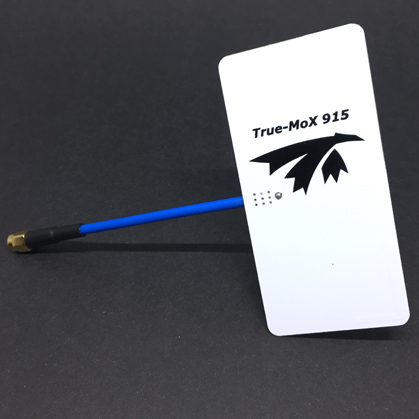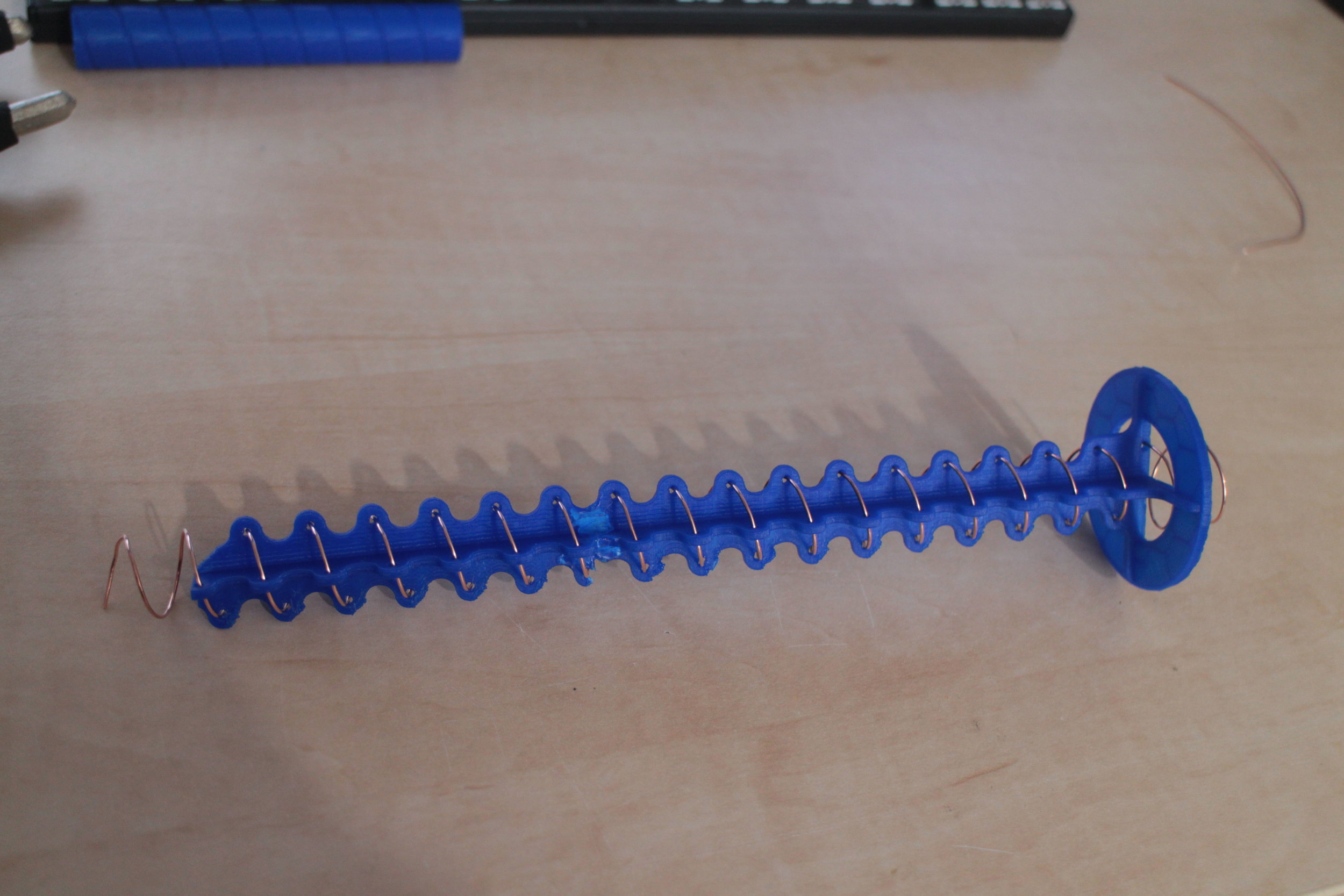Febuary 2019
Making My Own Antennas
I decided to make my own antennas because apparently, I hadn’t already taken on enough projects for my liking.
It does also have some other distinct advantages such as not having to spend lots of money on premade antennas, being able to modify the antennas for my exact use and surprisingly, being able to get them quicker. At least compared to the slow boat from china.
The first antenna I wanted to build was a Moxon Antenna. This design of antenna originated from HAM radio enthusiasts, as many antennas do, where it is very convenient to make from wire hung from a frame in a vertical polarisation. I first found out about the antenna when I saw the TrueRC Mox. It seemed like the perfect antenna for my Radio Transmitting antenna, having a large beam width of 170 degrees with more than 1dBi of gain with a max gain of 6dBi, due to the reflector it also has very good backwards rejection, which will be useful because this antenna will also be used to receive the telemetry signal from the receiver on the plane.
I got the dimensions for my Moxon Antenna Using the MoxGen Moxon Rectangle Generator, I then made the antenna and trimmed the elements (with the antenna connected to a SWR meter) to tune the antenna, particualrly for the velocity factor of the PLA plastic of the 3d printed Antenna former.
I designed my antenna for 868MHz using 0.8mm copper wire, not what is shown here.
True-Mox antenna by TrueRC, unfortunately they don’t make one for 868mhz, only 915mhz.
V1.0 3d printed antenna former. This first version was based on Pawel Spychalskis’ design
RG402 semiflexible coaxial cable with the inner RP-SMA antenna part about to be soldered on.
RP-SMA antenna soldered onto one end of the cable.
Cable seperated ready to be soldered.
Coax cable in place in the V4 3d printed part.
Driven element soldered and in place, just needs the reflector.
Test data that I used to tune the antenna, where ‘gap’ is the distance between the driven element and the reflector, and ‘Trim’ is the amount of material trimmed from all 4 ends of the antenna from the arbitrary length that I started at. I decided to go with #20 for my final design.
The SWR Graph for my final antenna.
Finished antenna.
Next, I wanted a high gain antenna for my 5.8GHz video receiver, this is crucial to getting video at long distances, especially with a high frequency such as 5.8GHz. I’m using 5.8GHz because of how popular it is in the FPV hobby, which means there are lots of options available and it is very cheap. It’s also a higher frequency than my 900MHz control frequency meaning that the 900MHz harmonics may interfere with the 5.8GHz video, but not the other way around. And I would prefer interference in my analogue video, than to lose digital control entirely.
I decided on a helical antenna, they are a circularly polarised antenna, compared to the linearly polarised antennas that I am using for my control system, which reduces interference from reflected signals (circularly polarised signals reverse (switch circular direction) when reflected, and reversed signals have a -26dBi drop in gain when received). I would use circularly polarised antennas for my 900MHz control as well, but the antennas would be too big at a frequency that low.
The other reason is yet again that the FPV hobby has all but standardised on circular polarisation for video and linear polarisation for control.
Straight away I went for a 20 turn helical, i figured that should be the best trade off between efficiency, beam width and gain for what I am doing based on this calculator.
With a 20 turn helical I should get around 18dBi of gain.
Former for the helical antenna, and formed wire.
The 3D printed antenna ‘holder’ I designed. Note the join in the middle, this was because the design was too tall to fit on my printer.
Ground plane reflector made out of FR4 cut on a bandsaw.
The final antenna, I modified it to be an 18 turn helical so that I could fit it on my 3D printer in one part, with this change I lose less than 1dBi of gain but get a much nicer looking part that is much sturdier as well. Unfortunately, I made a mistake on the design of this holder, so it’s actually a 17.75 turn helical, although this should have little to no effect on performance.
I can’t test the SWR of this antenna accurately using the Network analyser at my university since it is only calibrated up to 3GHz, but for what it’s worth, it said it had an SWR of 1.12 with a centre frequency of 5840MHz. I can however say that from initial tests I seem to get very good range with it having already got ~4km with ground tests compared to less than 250m with the cheap omnidirectional antennas that I have (approximately 1dBi gain)
This is particularly impressive because I have got as far as 1.5km with the same cheap omnidirectional antennas when flying the plane, and this was only limited by the spotter being able to see the plane line of sight. This would suggest that with my helical antenna I should be able to get at least 12km when using my helical antenna when the plane is in the air. Hopefully I will be able to test this in the future.

















